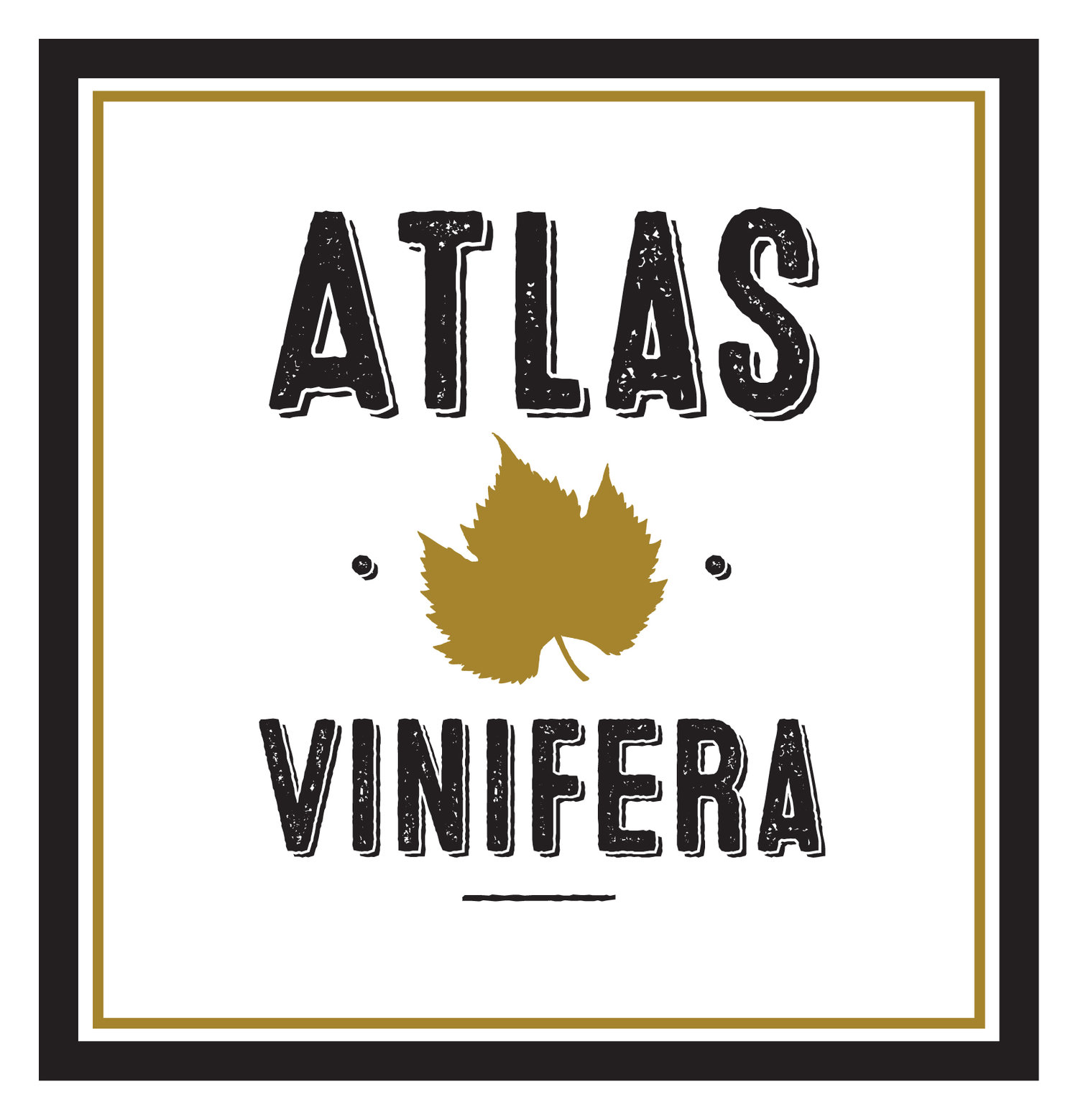burgundy
The Region: Burgundy is one of the most beautiful mysteries of the wine world, bringing the concept of terroir (a sense of place) into extraordinary focus. Burgundy’s Côte d’Or, or golden slope, is a jigsaw made up of over 400 different soil types, with each vineyard forming its own appellation. There are almost 100 different appellations that make up Burgundy as a whole.
Burgundy’s red wine production is limited exclusively to Pinot Noir, and the hallowed grounds of the Grand Cru and Premier Cru sites have produced some of the world’s most haunting and ethereal wines. The top wines of Burgundy fetch astronomical prices, and are produced in only miniscule quantities.
The patchwork of Burgundy is further complicated by the Napoleonic inheritance laws of France – when a landowner dies, their estate is split equally amongst their heirs. This has resulted in a colossal amount of growers in what is a relatively small area. The majority of the land holdings in Burgundy are tiny – some consist only of a row of vines.
Due to this fragmentation, most growers do not produce enough fruit to bottle a wine, and rely on the region’s négociants to purchase their barrels. These négociant houses will buy wines from a plethora of growers across the different appellations to blend into a marketable quantity.
The classification system used in Burgundy is extremely confusing to the average wine consumer, and people spend years trying to unravel the complexity of this region’s wines, producers, soils and crus. At the top level, the Grand Cru vineyards are considered the world’s finest patches of soil, and the wines produced at this level are highly sought after by collectors, and as such, attract incredible prices both at the vineyard level and on the auction market.
Following the Grand Crus come the Premier Crus, which are generally set lower on the slope. These can attract similar prices to the Grand Cru wines, depending on the producer and the vineyard, but can also be a source of some great value wines. Below the Premier Crus come the Villages, which can vary wildly from one producer to the next. Further confusing the classification system are the villages that added their most famous vineyard as an adjunct to their names; for example the village of Gevrey renamed itself Gevrey-Chambertin, Chambertin being a Grand Cru vineyard for Pinot Noir production. However, wines from the village level can call themselves Gevrey-Chambertin, which can be quite misleading for consumers, as these wines are nowhere near the level of the Chambertin Grand Cru wines.
As a result, buying Burgundy can be quite unpredictable, and a consumer needs to take a huge amount of factors into account when selecting wines – including the grower, the producer, the region and the vintage. It is for this reason that Burgundy has not reached the international mainstream, and is still somewhat limited to those in the know.
Additionally, Burgundy is not cheap, at any level or classification. This is due to a number of factors, including the unpredictable nature of their vintages, their small vineyard holdings, and their relatively small overall production.
The Style: The Pinot Noirs of Burgundy are revered in the wine world, and are considered to be one of the greatest wine experiences one can have. Stylistically, there is a huge variation between the different villages and vineyards, and lovers of Burgundy have studied this fascinating subject for centuries.
Simply put, generic Burgundy (Bourgogne Rouge) is intended as a summary of the house, village, or producer’s style. The weight of the wine can be anything from featherweight and ethereal, to muscular and robust. Some of the flavour characters found in good Burgundy have not been replicated with any success in other Pinot Noir producing countries – they tend to have a savoury character to them, and have much more defined tannin structures than their new world counterparts.
The flavour spectrum invokes cherries, forest floor, brambles, earth, and even mushrooms and truffles, and the best wines of the region have the ability to mature and develop for decades. Their texture can vary from silky to firm, depending on the appellation.
The most expensive and sought after wines in the world are Burgundian – Domaine de la Romanée-Conti (fondly known as DRC by wine lovers) fetch thousands of dollars a bottle upon release, and steeply increase from their as they mature.
How to Buy: Burgundy is a treacherous region to navigate, even for those who know a lot about wine. Because of this, you need to do your research before buying. The house, grower or négociant is extremely important in the quality and style of the wine, and the vintages vary from year to year, as well as village to village.
Decanter magazine from the UK does a thorough breakdown of the Burgundy vintage every year, and this is a great go-to for those wanting to learn more about the different wines and appellations, as well as the outstanding producers.
The best value wines are usually generic Bourgogne rouge, or village level wines. Larger producers tend to be able to produce wines for a lot less than the smaller ones due to their ongoing contracts with growers in the region.



